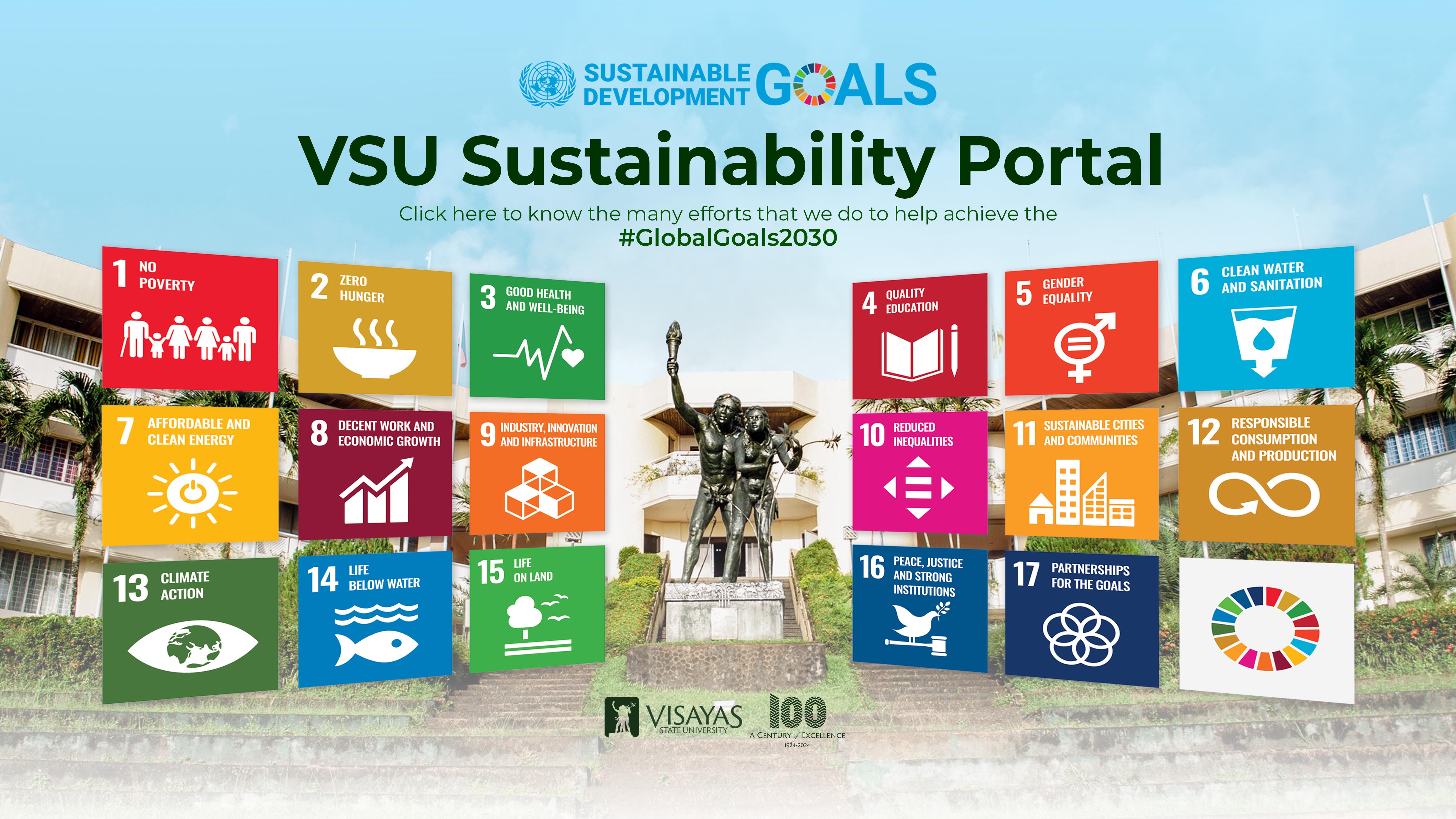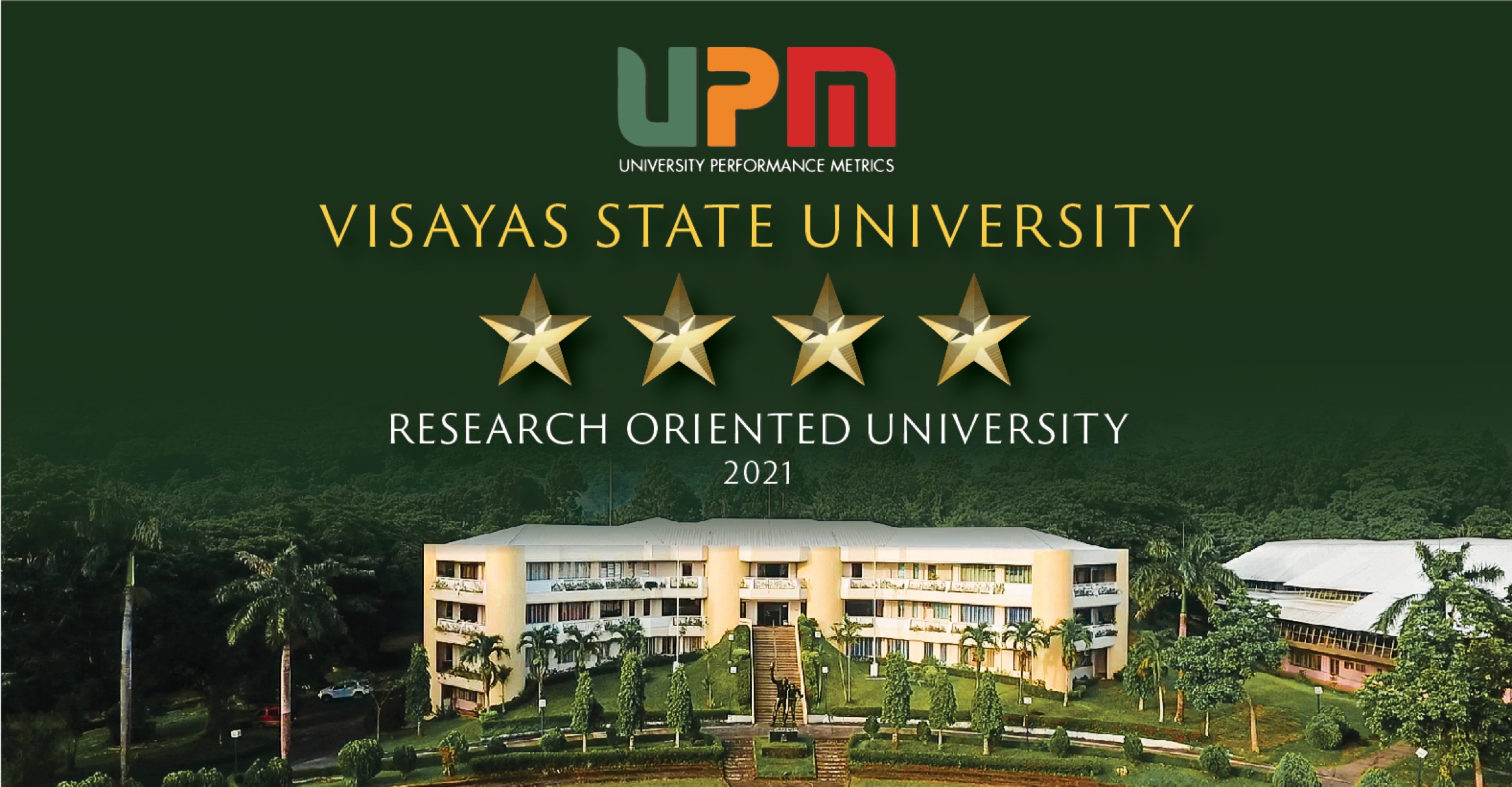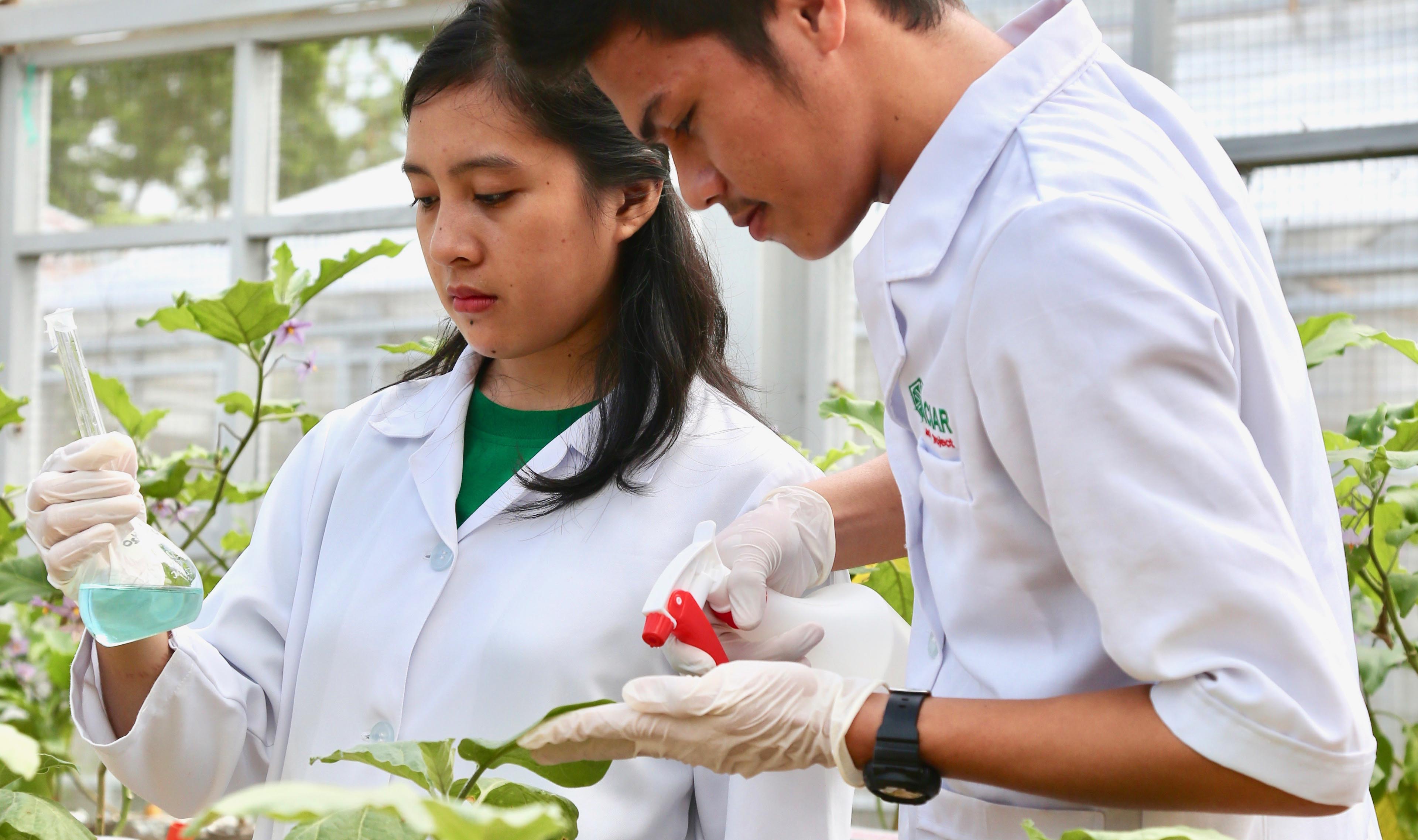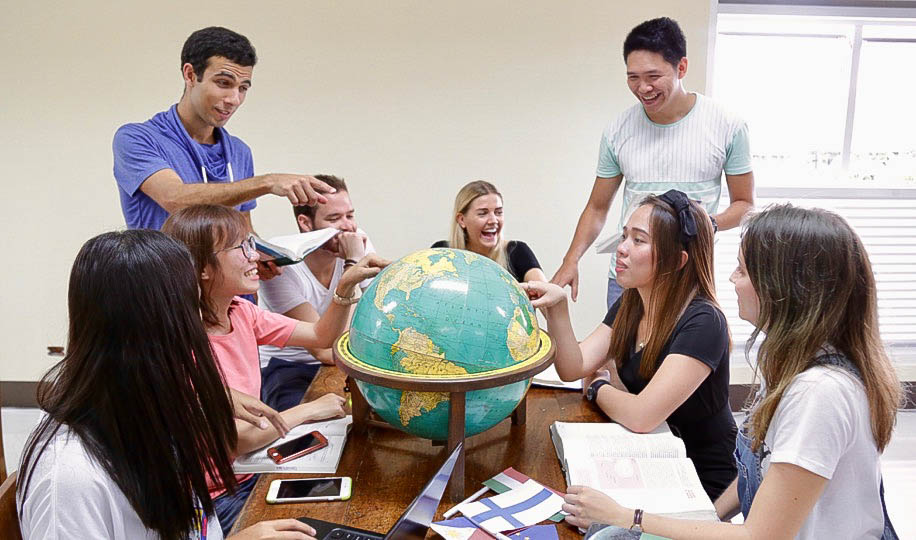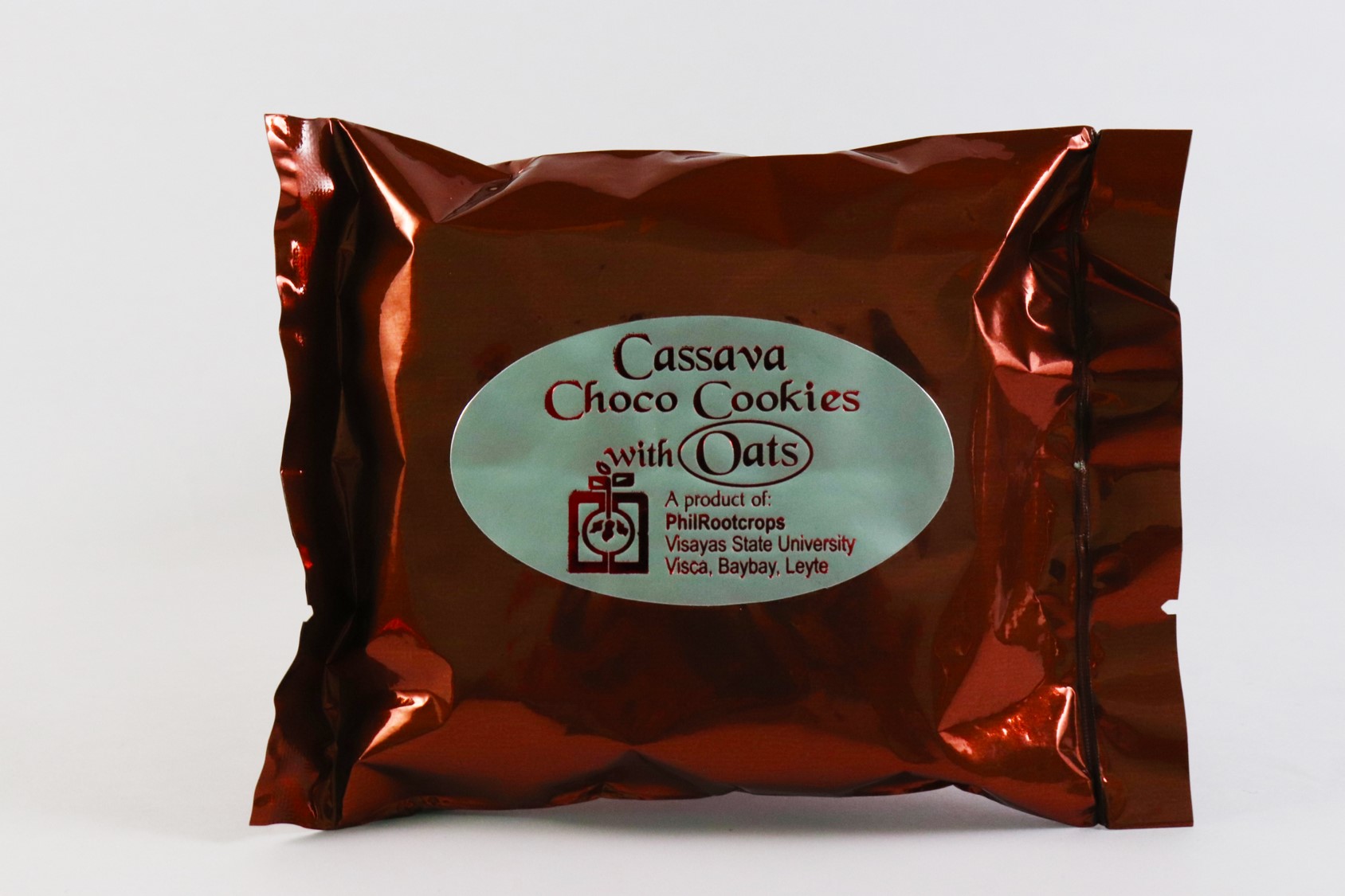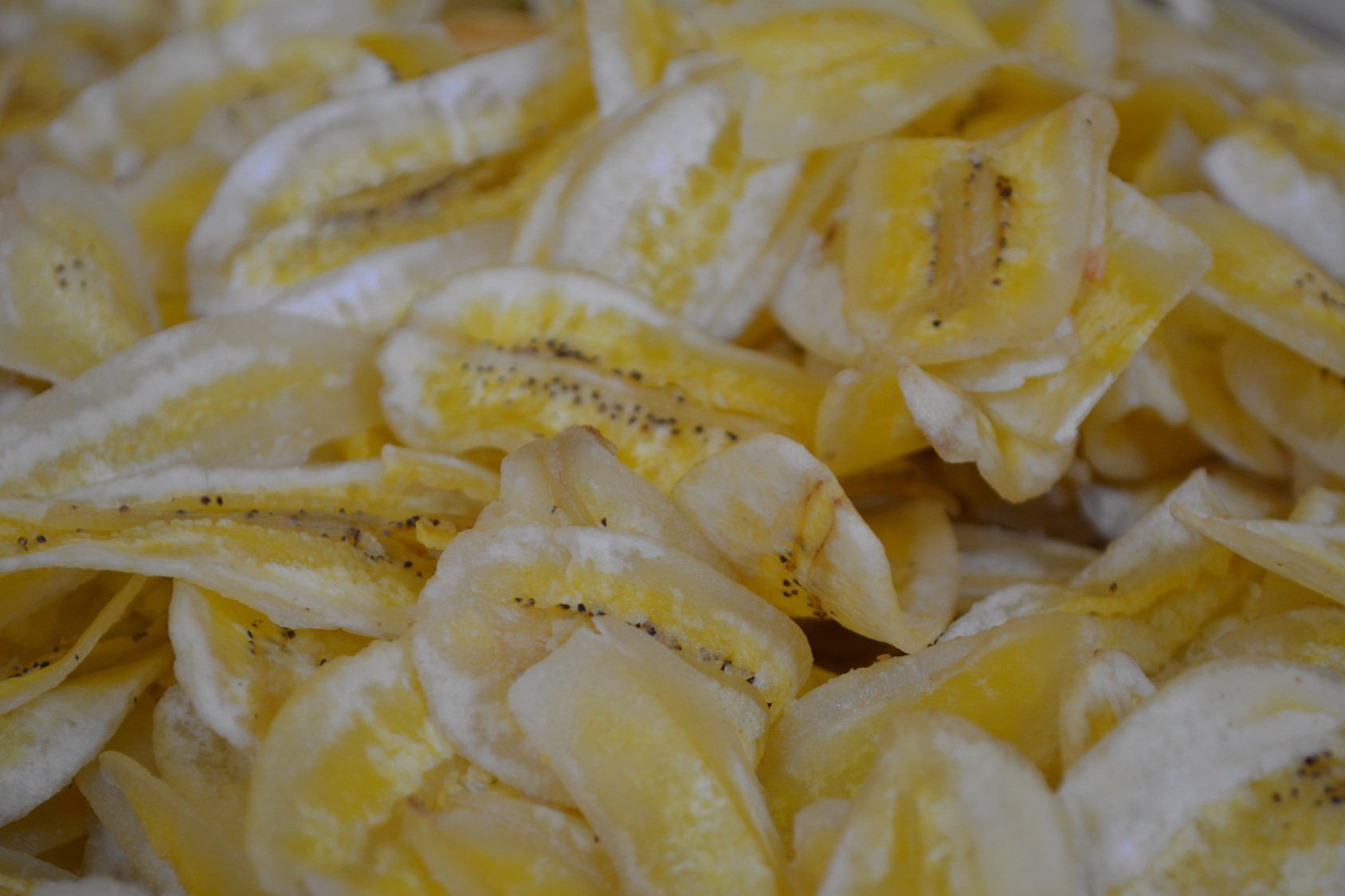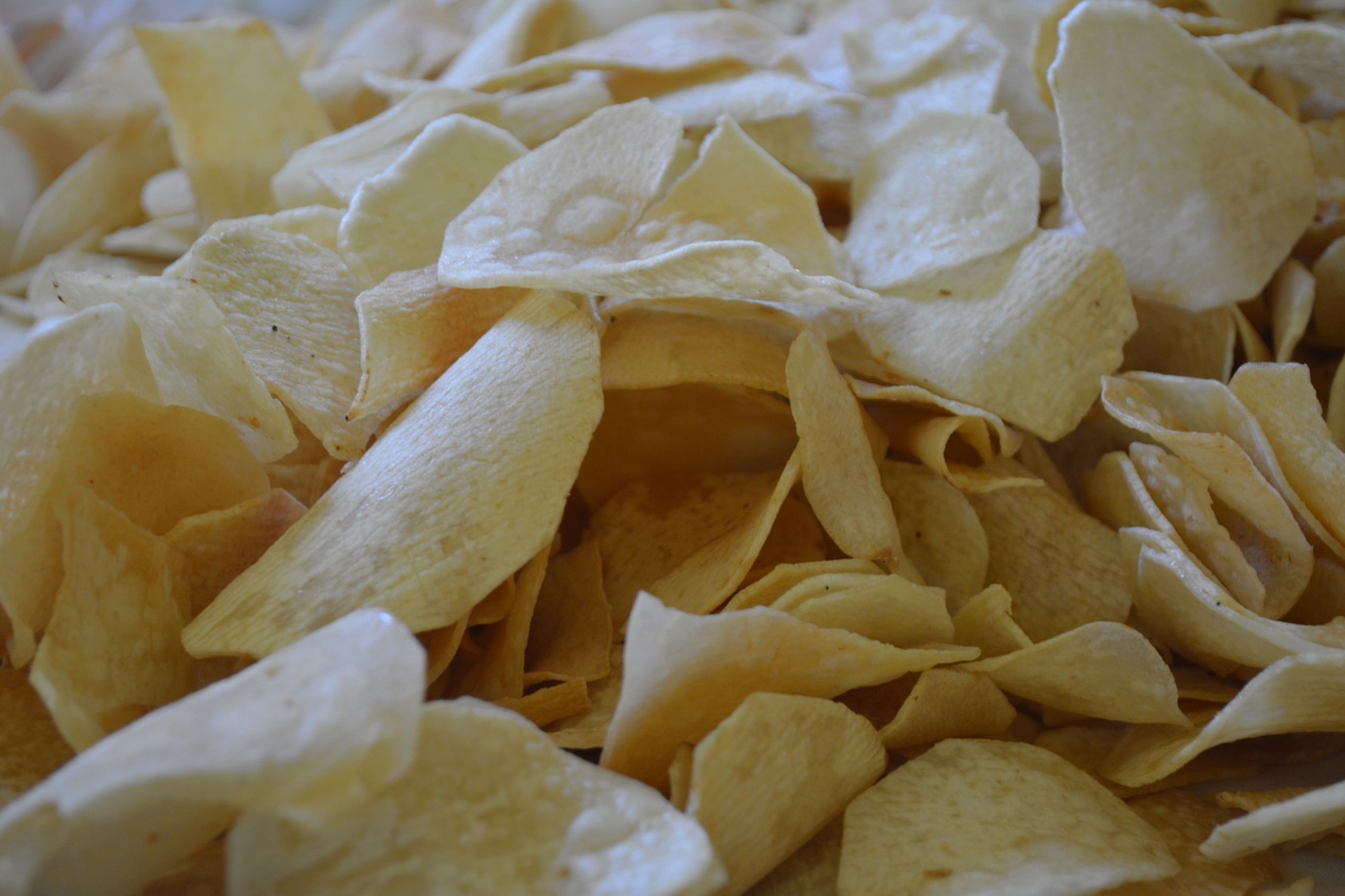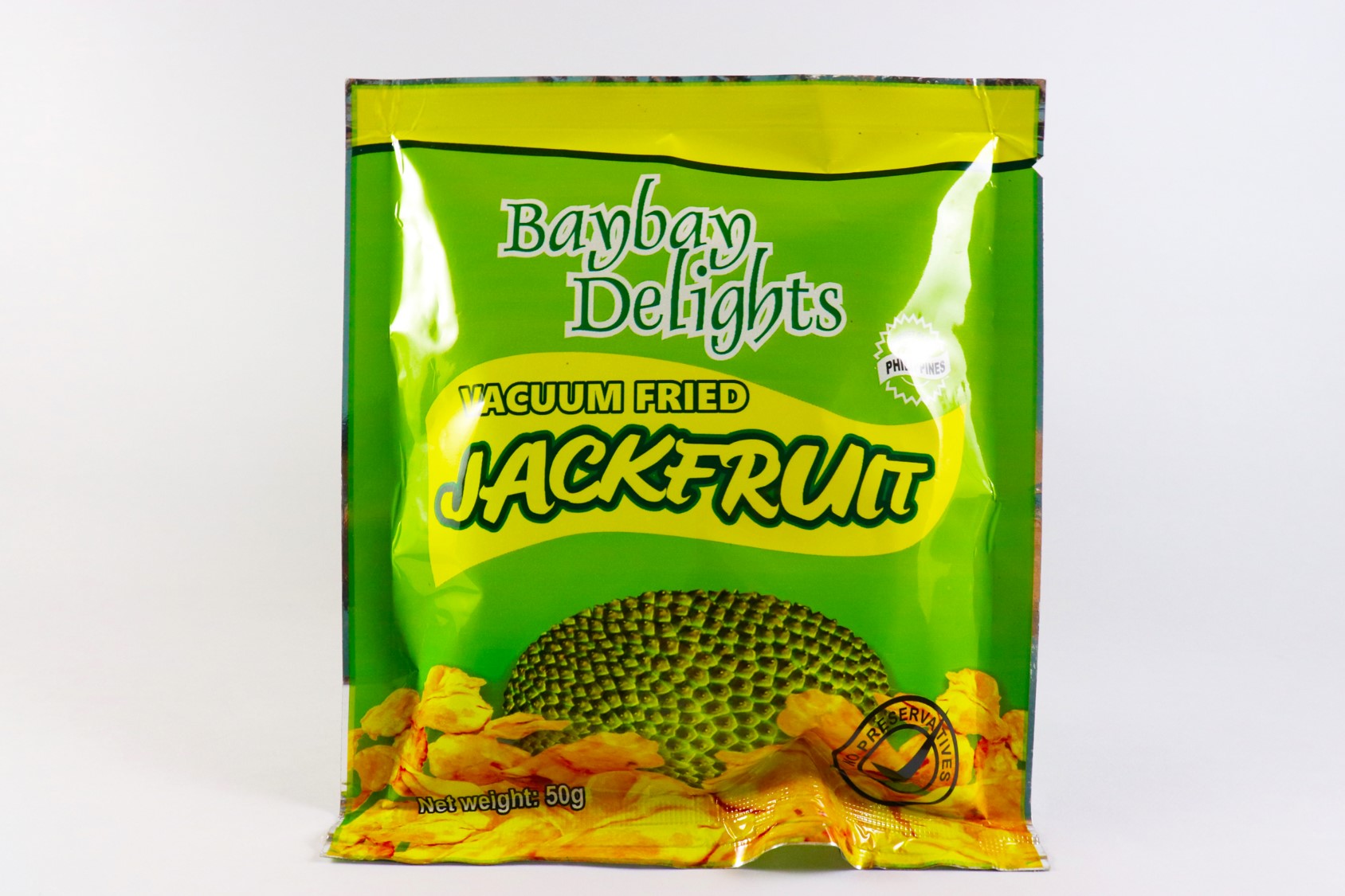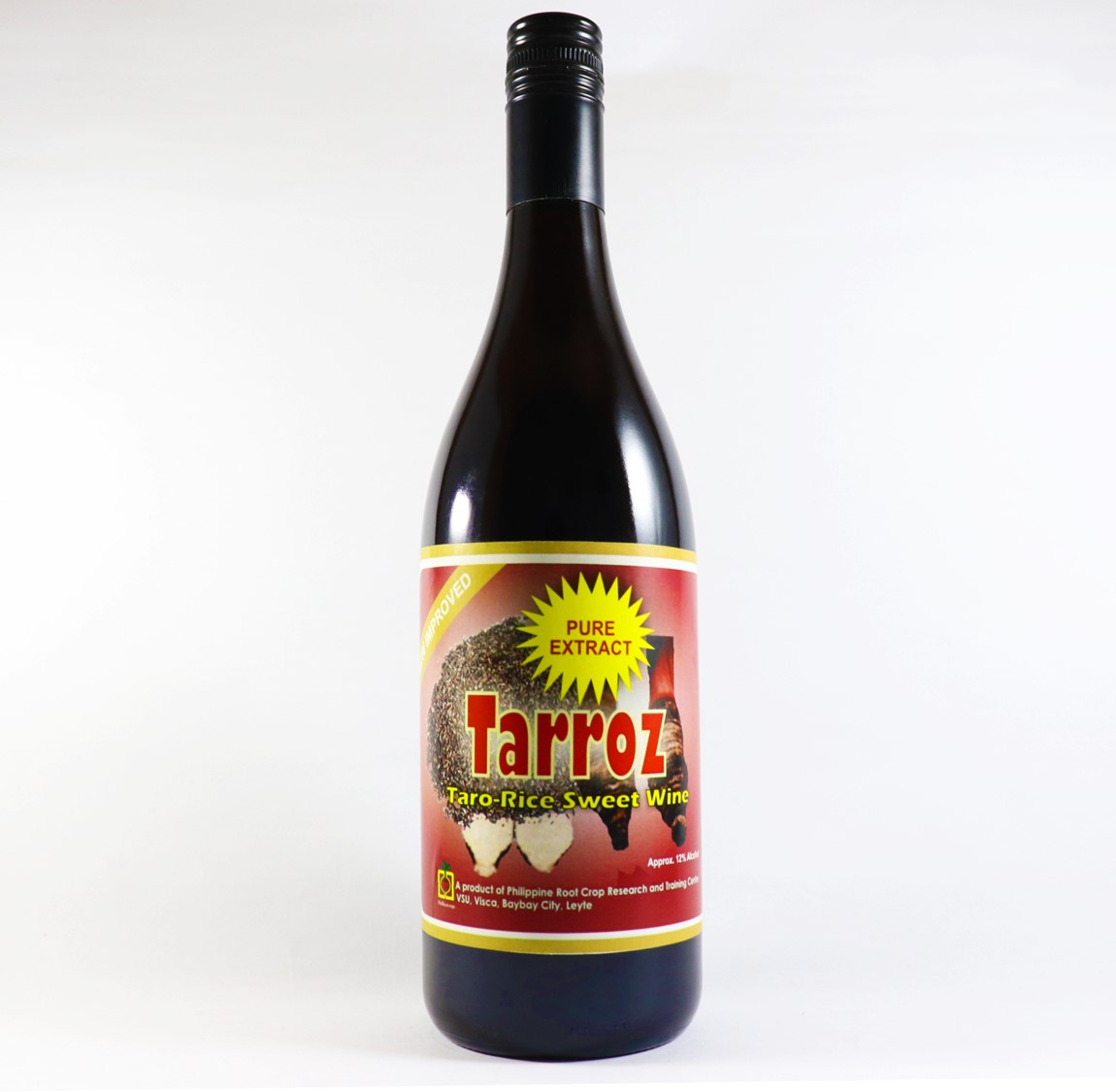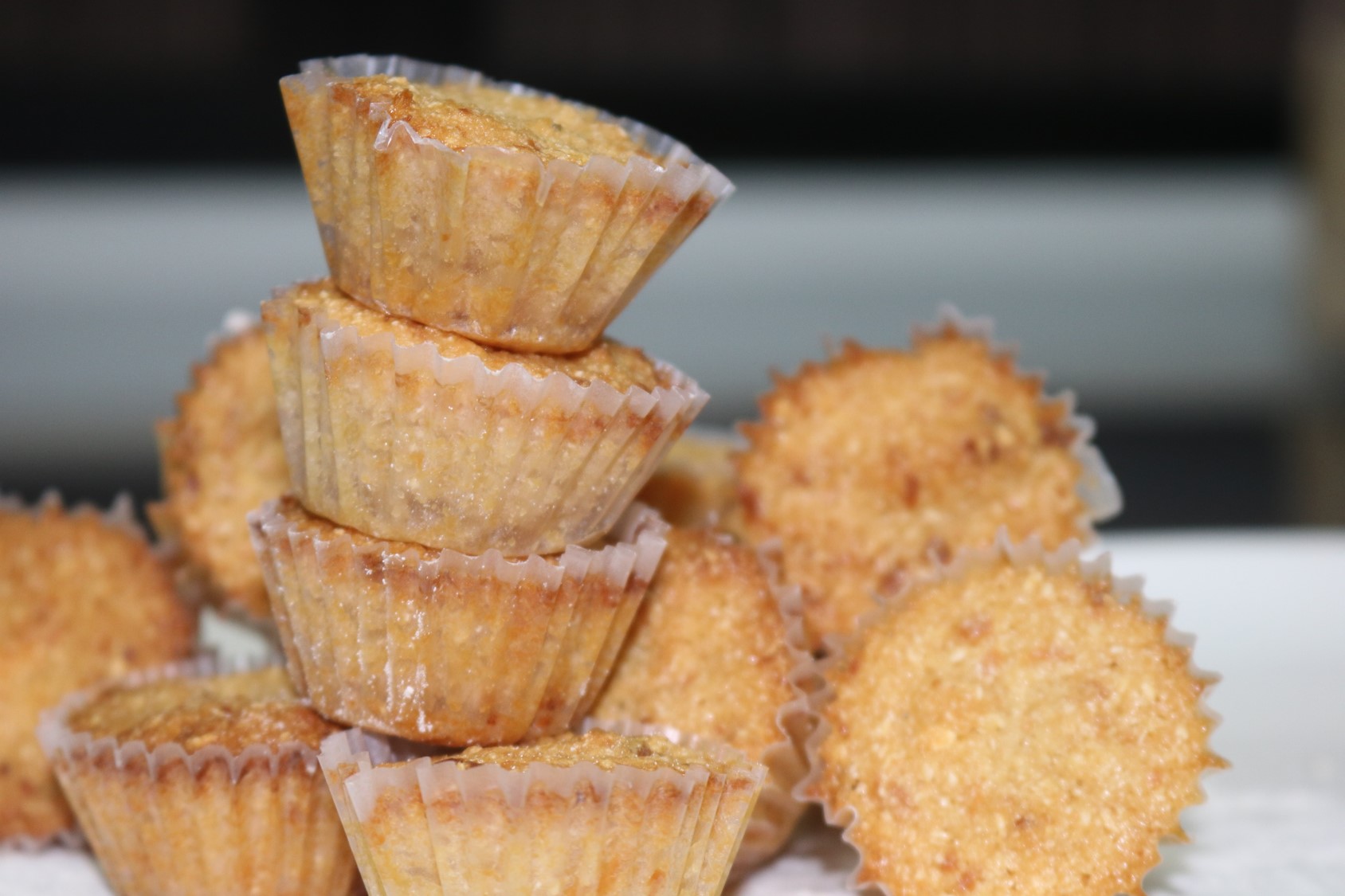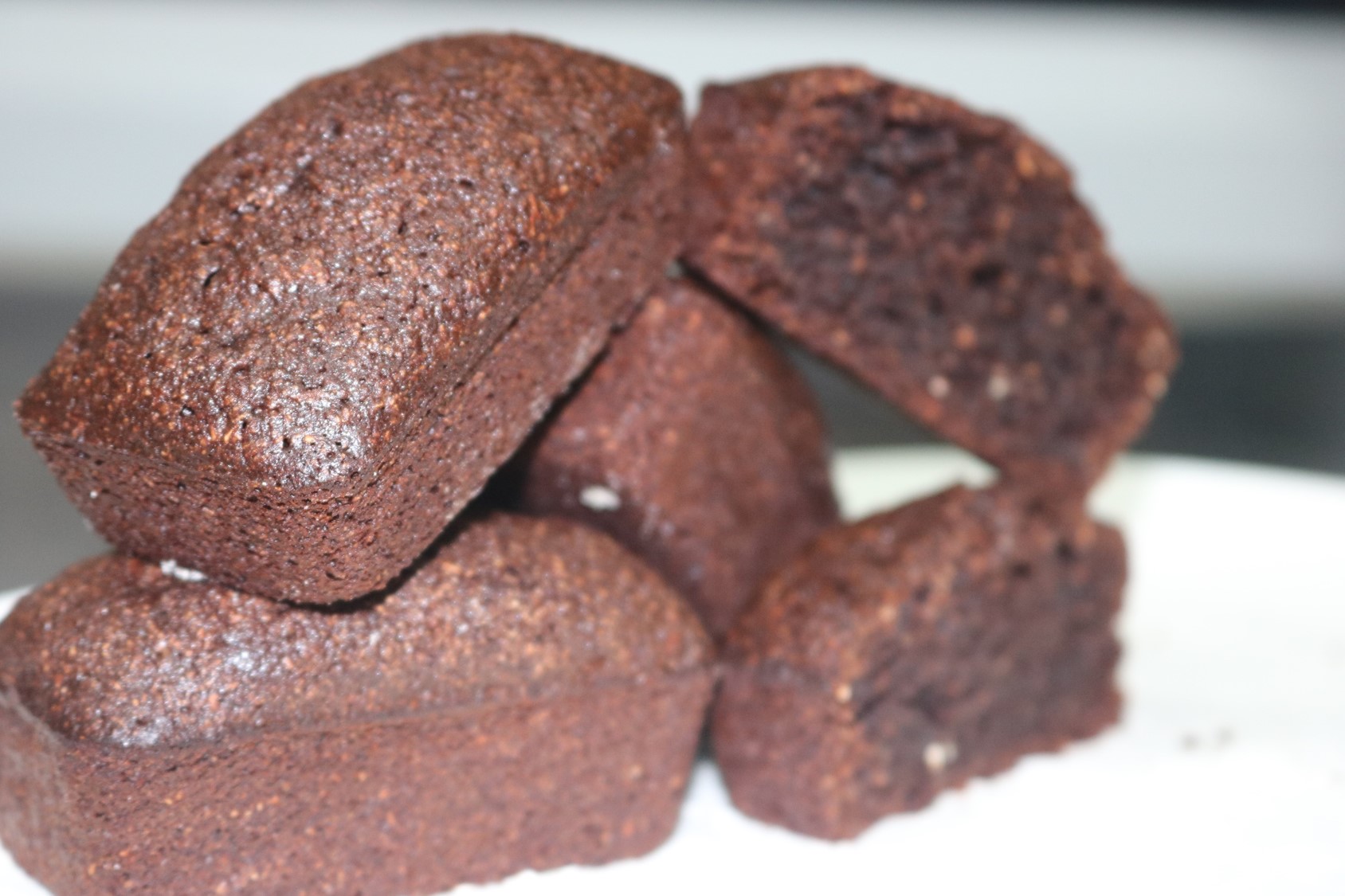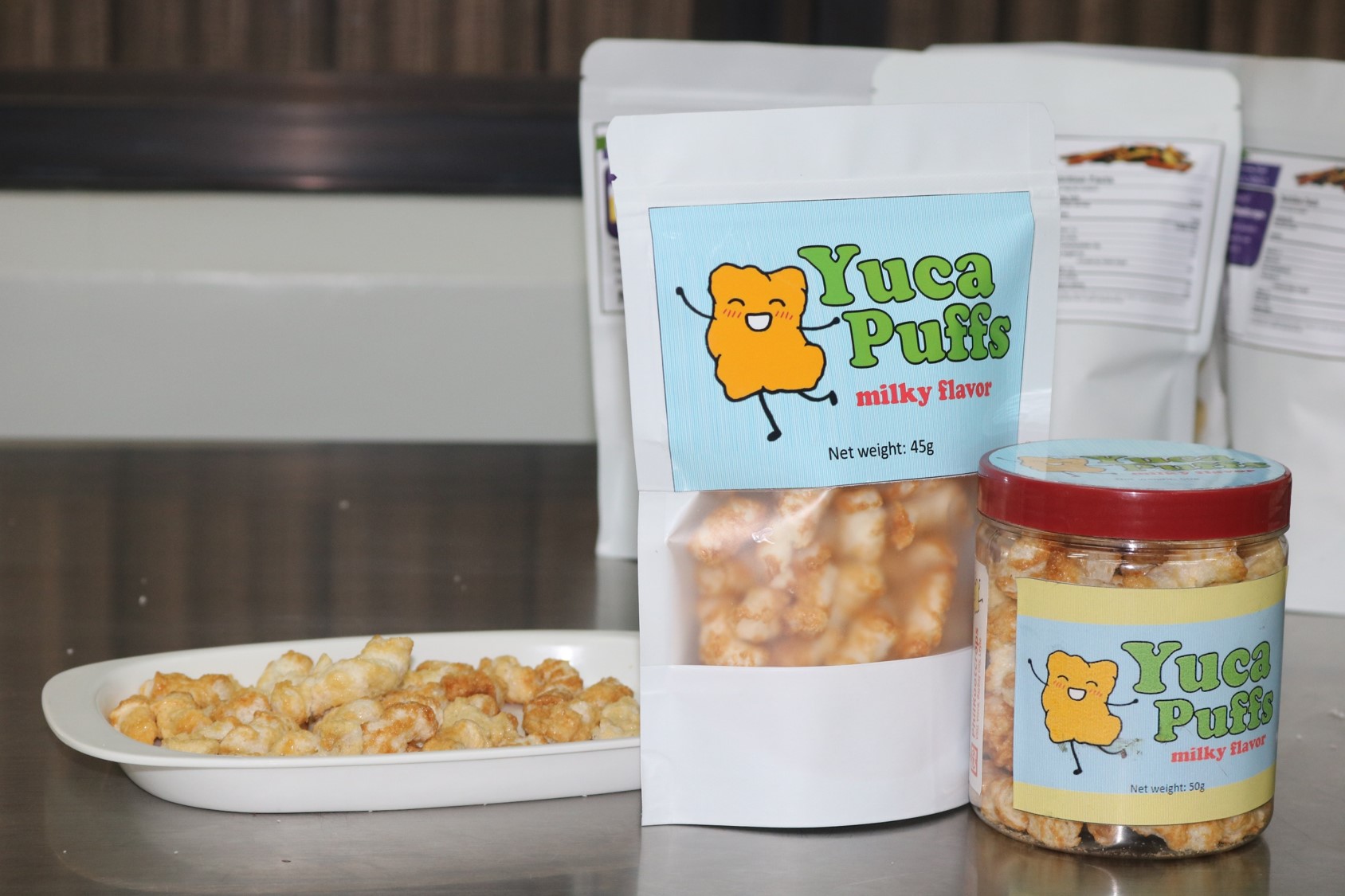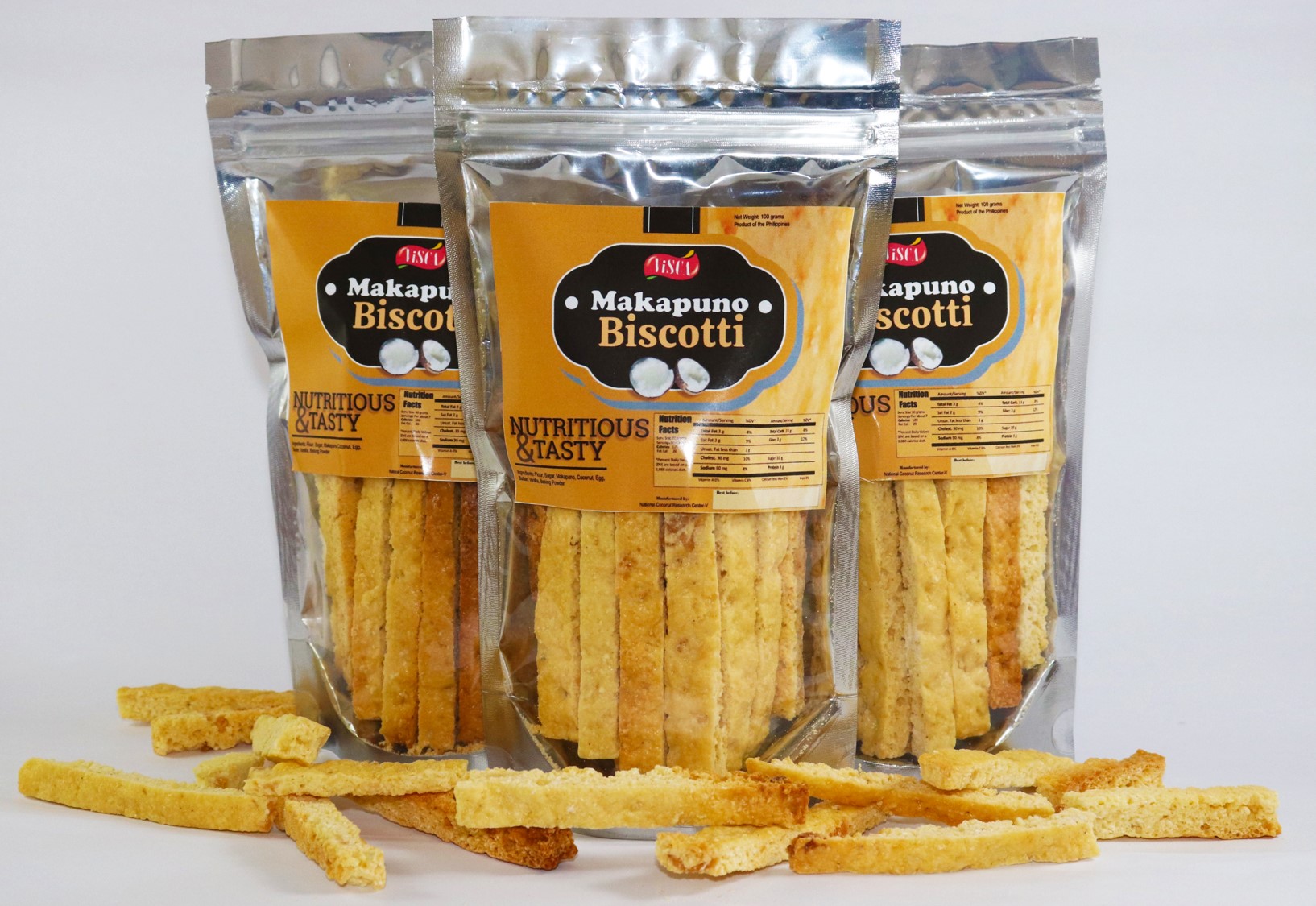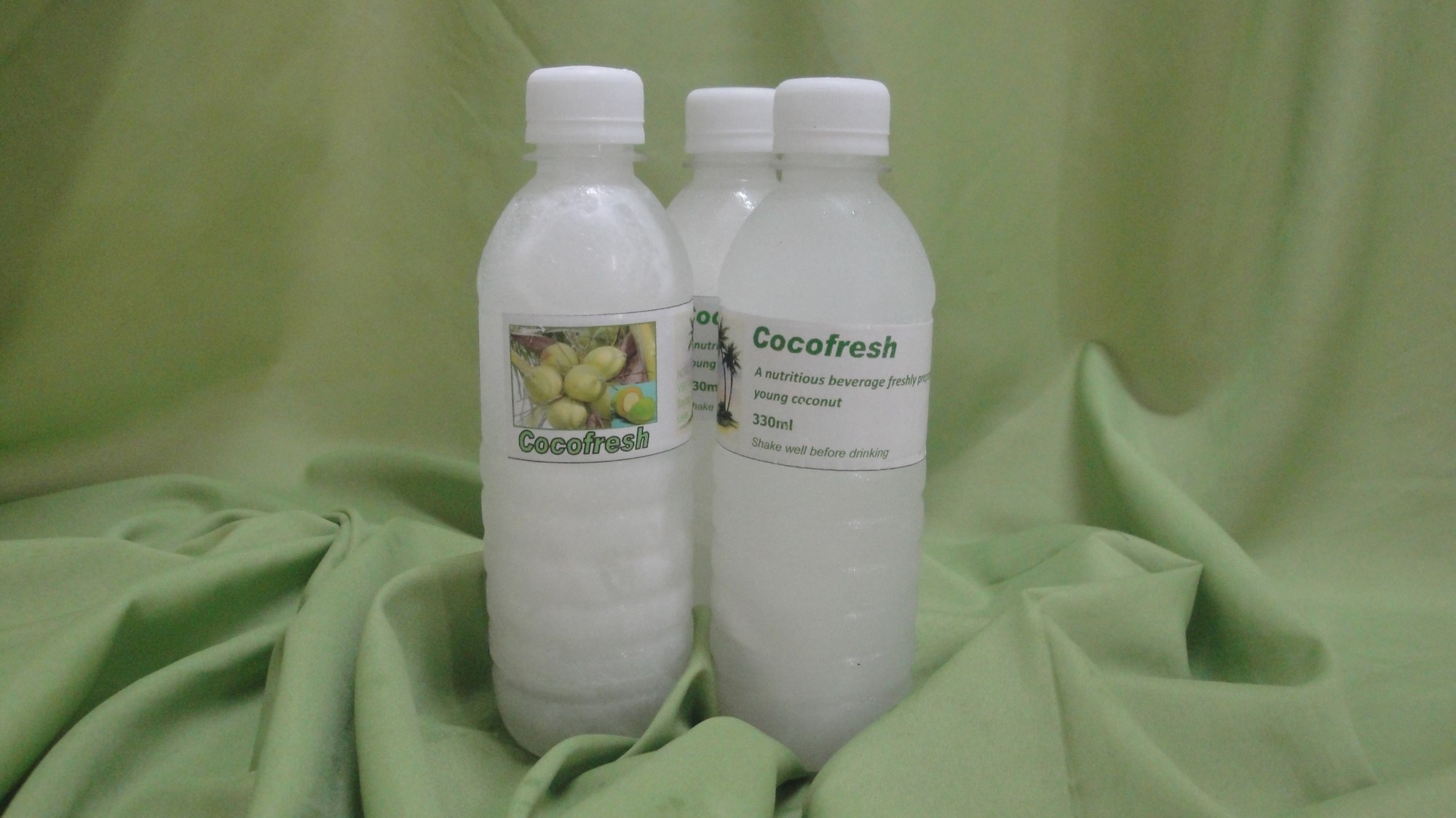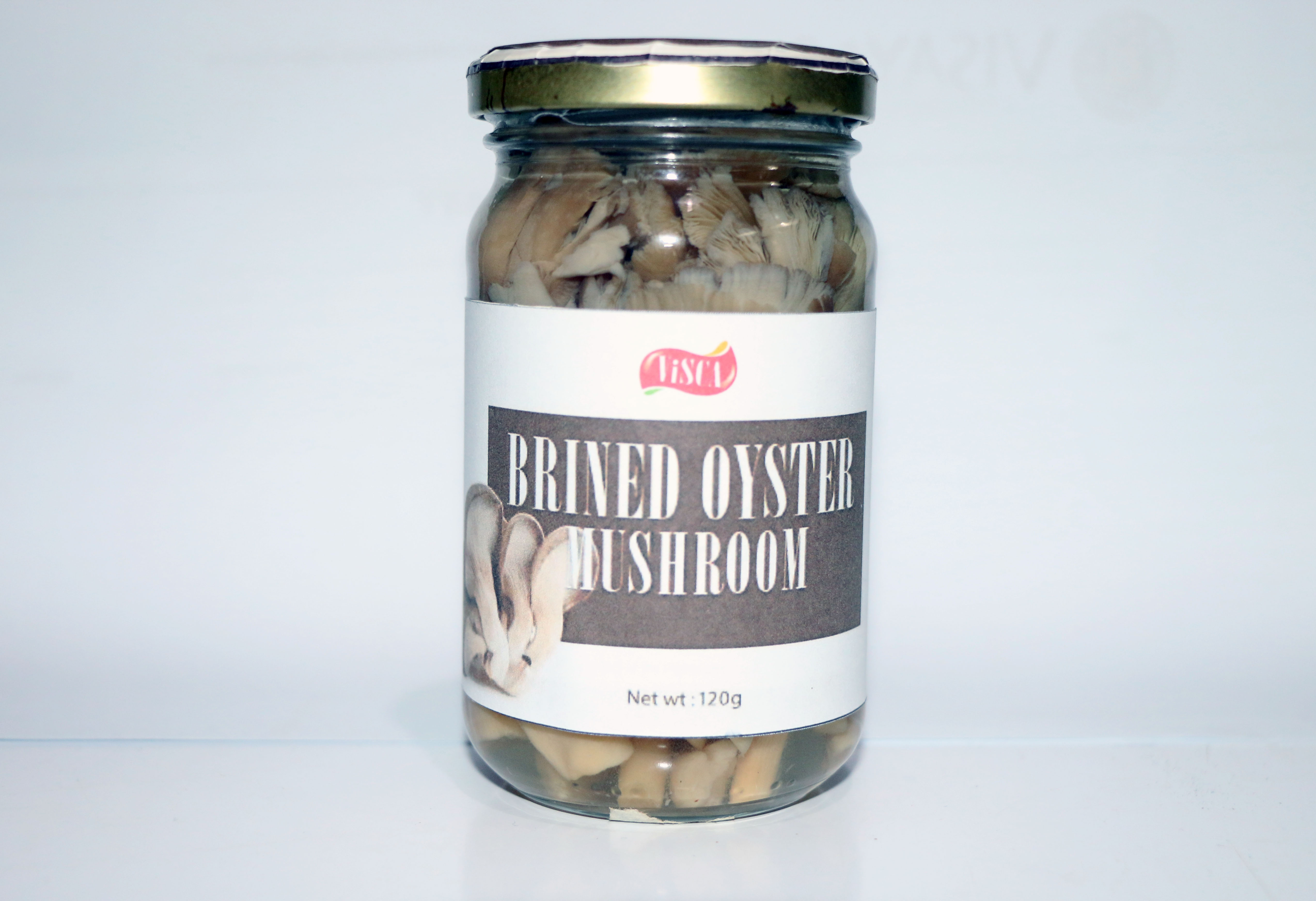Informational

Contact the This email address is being protected from spambots. You need JavaScript enabled to view it.if you see this page longer than usual.
Developed Technologies
- Cover Crops for Abaca
- Intercropping Annual Crops with Abaca
- Intercropping Abaca With Established Fruit Trees
- Portable Engine-Powered Abaca Spindle Stripping Machine
- Village-Level Abaca Twisting Machine
- Village-Level Abaca Twining & Twisting Machine
- Village-Level Pulping Machine
- Village-Level Handmade Paper Dryer
- Collapsible Molders
- Abaca Slicer-Shaver
- High Value Handicraft Products From Abaca Wastes And Reject Fibers
- Handmade Paper From Abaca Stripping Wastes And Fiber Wastes
- Mushroom Culture Using Abaca Wastes
- Yarning Machine
- Portable Abaca Spindle Stripping Machine (New Model)
Potential Technologies
- Optimized media for Rapid Propagation of High-Yielding Abaca Varieties Inosa and Laylay
- Somatic Embryogenesis for Rapid Propagation and Genetic Transformation of Abaca
- Portable Tensile Strength Meter
- Portable Electeonic Moisture Tester
- Village-Level Abaca Combing Machine
- Growth Improvement of Tissue-Cultured Abaca Seedling Through Mycorrhizal Application
- Mycorrhiza for the Control of Fusarium Wilt of Abaca
- Entomopathogenetic Fungus for the Control of Aphids (Pentalonia nigronervosa)
Productivity Improvement
- Genetic Resource Enhancement, Characterization, Evaluation, Conservation and Database
- Development of High Yielding, Pest Resistant and Stress Tolerant Abaca Varieties with Good Quality Fibers Suited to Specific End Uses
- Performance Evaluation of Promising Abaca Accessions and Hybrids
- Biotechnology-assisted Development of Abaca Varieties for Resistance to Abaca Bunchy Top Virus (ABTV) and Abaca Mosaic Virus (AMV)
- Integrated Pest Management with Emphasis on Biological Control
- Integrated Soil and Nutrient Management including Soil Conditioning and Bioremediation
- Crop Modeling
- Planting Materials Production and Supply System
- Management Strategies for Smallholder Abaca Production
Postharvest Processing, Product Development/Improvement and Diversification
- Development and/or Improvement of Postharvest Processing and Utilization Technologies
- primary and secondary tools, machines and gadgets
- postharvest storage practices
- Development of Technical and Industrial Products from Abaca Fibers and Wastes (non-structural car parts, structural composites, textiles, GEO textile, packaging materials, and substitute for fiberglass)
Information and Knowledge Product Management
- Development of State-of-the-Art for Abaca Technologies
- Development of Abaca Information System
- Establishment of Knowledge Product Services and Management
Socio-Economics and Policy Research
- Environmental and Economic Assessment of Smallholder Abaca-based Farming Systems in the Philippines: A Bioeconomic Modeling Approach
- Impact of Pest Management Programs on the Technical, Allocative and Economic Efficiency of Smallholder Abaca Farmers in the Philippines
- Policy Alternatives for Improving Productivity and Sustainability of Abaca Production in the Philippines
- Enhancing capacity of stakeholders for new approaches to market-driven abaca-based technologies
- Analysis of institutional arrangements for effective implementation of extension programs for abaca
- Gender and development analysis in the abaca industry
Extension
- Seedpiece Production and Distribution
- Technical Assistance
- Information Support Services
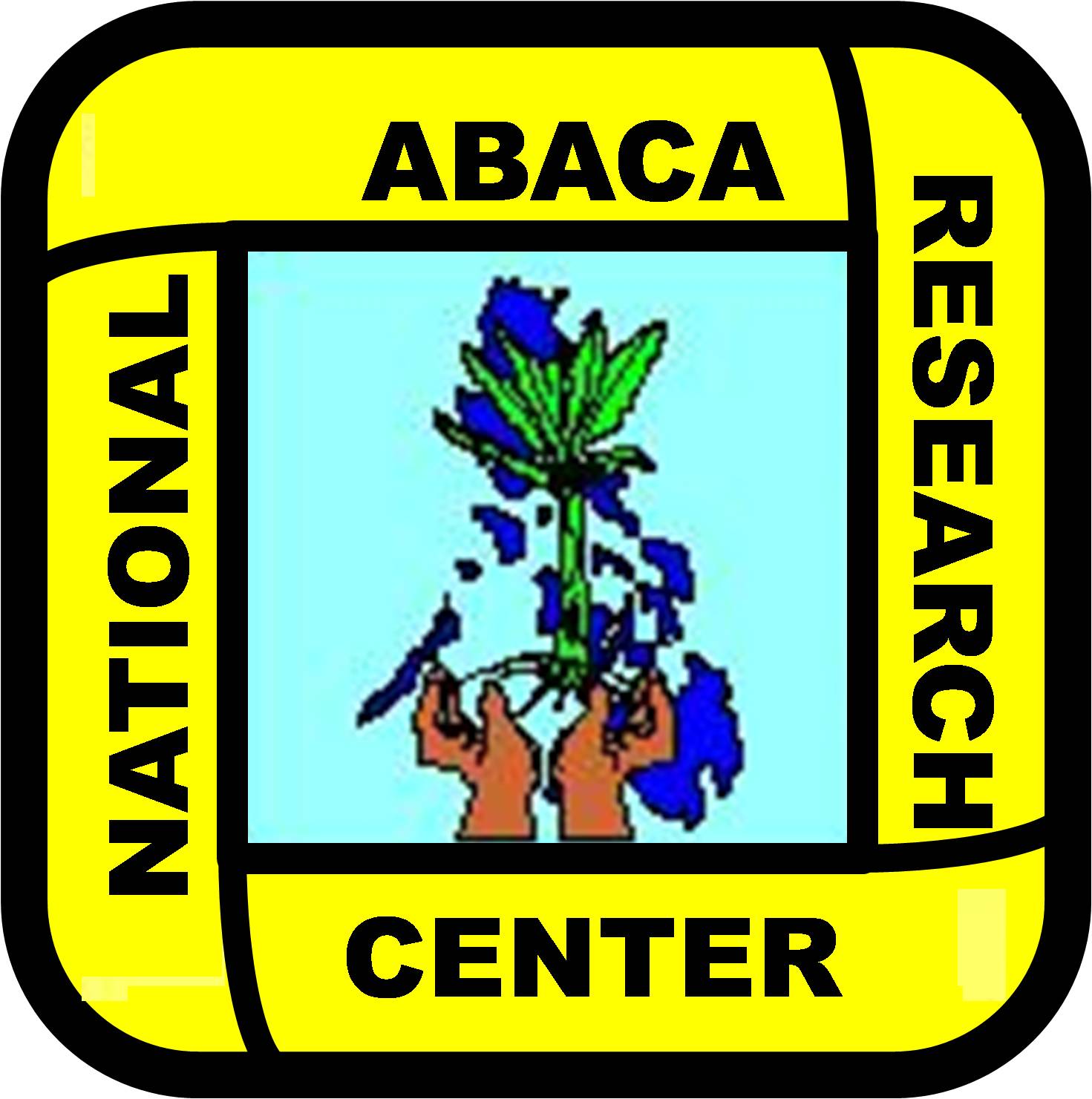 The National Abaca Research Center (NARC) at the Visayas State University (VSU), which is mandated to help uplift the abaca industry, started its operation in 1987 with the launching of an integrated and multidisciplinary research and development program on abaca. It is one of the agencies which actively involved in research and extension work on fiber indusrtry. It aims to increase production and improvement of the quality of abaca fiber and its products. Since its existence, NARC has developed abaca technologies that increase the income of small abaca farmers, generate employment for rural households, and increase value-added to the plant.
The National Abaca Research Center (NARC) at the Visayas State University (VSU), which is mandated to help uplift the abaca industry, started its operation in 1987 with the launching of an integrated and multidisciplinary research and development program on abaca. It is one of the agencies which actively involved in research and extension work on fiber indusrtry. It aims to increase production and improvement of the quality of abaca fiber and its products. Since its existence, NARC has developed abaca technologies that increase the income of small abaca farmers, generate employment for rural households, and increase value-added to the plant.
It has also formulated an Integrated Extension program to effectively respond to the needs of the industry particularly in facilitating the dissemination of abaca technologies to end-users and assist Local Government Units in establishing livelihood and agricultural support-services program.
The Center is housed in a two-storey building with 14 rooms for research staff, one training hall, a mini-library, one computer room, a facilitative room, a show room, 4 restrooms and a Director's office.
NARC's abaca germplasm collection which is the largest in the country and the whole world, consists of 518 cultivated species, 105 hybrids and 150 wild relatives or a total of 773 accessions collected from all over the country.
Vision
A globally competitive, socially acceptable and sustainable abaca industry.
Mission
Enhancement of the general well-being of the small abaca farmers, entrepreneurs and other stakeholders through relevant abaca R&D/E programs.
Goal
To develop market-driven, socially acceptable and sustainable development technologies that enhance productivity and efficiency of the abaca industry
Thrusts
- Development of high-yielding, pest and stress resistant abaca varieties with high-quality fibers suited to specific end uses through conventional method and biotechnology
- Generation of appropriate production management technologies to increase fiber yield per unit area
- Development of an integrated pest management system with emphasis on bunchy top, mosaic and Fusarium wilt for sustained abaca production especially in disease-infested areas.
- Increase value-added to abaca through development of new uses of fibers and waste products and improvement of existing ones.
- Adoption, improvement and/or development of village level postharvest processing technologies.
- Enhance access of stakeholders to developed and matured abaca technologies.
- Establish a National Abaca Information System.
The VSU GIS Services is an institutional innovation created in early 1990's with funding coming from ViSCA-GTZ Ecology program and the IRRI-ADB Upland Rice Consortium program. In early 2000, realizing the potential of GIS applications in agricultural research and development program of VSU, the Office of the Director for Research and Development created a committee to pool together the existing facilities and equipment on GIS and recommend policies and courses of action to establish a working GIS laboratory. Thus, in December 2000 the VSU GIS laboratory was formally launched.
Services Offered
The table below shows the services offered by the VSU GIS Laboratory:
|
SERVICES OFFERED
|
RATES |
| 1. ArcView GIS Training (5 days) (Maximum 6 pax per trainer) Dinner, breakfast and accomodation of participants are not included |
PhP 7,300.00/Participant |
| 2. Specialized Advance GIS Training (1 day)-Spatial Analyst, 3D Analyst, Web GIS, etc. (Maximum 6 pax per trainer) Dinner, breakfast and accomodation of participants are not included |
PhP 1,600.00/Participant |
| 3. GPS Hands-On Training (2 days) (Maximum 6 pax per trainer) Dinner, breakfast and accomodation of participants are not included |
PhP 2,200.00/Participant |
| 4. Other services | |
| a) Map Lay-outing | PhP 100.00 |
| b) Data Processing and Visualization | PhP 150.00/hr. |
| c) Printing using HP photo paper | |
| - Short/long Bond paper size | PhP 75.00 |
| - A3 (11.5" x 16.5") size | PhP 150.00 |
| - 36" x 52" | PhP 1,200.00 |
| - 42" x 60" | PhP 1,500.00 |
| d) Scanning | PhP 30.00/page |
| e) CD Writing (Including CD-R) | PhP 100.00/CD |
| 5. Special Projects for LGUs (i.e. GPS Survey, Tax Mapping, etc.) | Rate is based on Expected Output |
Note:
VSU Students, Faculty & Staff = 30% discount
LGUs = 20% discount
Region 8 GIS Network members = 30% discount
For further information, please write to:
Dr. Pastor P. Garcia
VSU GIS Services Unit
2nd Floor FaRMI Bldg.
Visayas State University
Visca, Baybay, Leyte 6521-A
Philippines
Or call Telfax. No. (63) (053) 335-2630
The PDDL was established at Leyte State University (LSU) and now Visayas State University (VSU) with a collaborative funding from the Federal Republic of Germany under the GTZ Leyte Island Program for equipment and supplies, and the Government of the Republic of the Philippines. The Philippine counterpart is jointly funded by the Philippine Council for Agriculture, Forestry and Natural Resources Research and Development (PCARRD) for MOOE, the Department of Science and Technology (DOST), for Equipment, and VSU for Infrastructure and manpower. The PDDL is under the Office of Research and Extension, VSU.
A diagnostic Laboratory that could assist research centers in the supply of each clean planting materials to clientele and that could cater to the needs of farmers in the identification of important crop diseases was therefore necessary.
Capabilities of the Laboratory
PDDL offers early detection of diseases especially virus diseases of abaca. A DNA-based detection of abaca and banana bunchy top viruses (ABTV abaca_diseaseand BBTV) was optimized for PDDL using a virus-specific DNA oligonucleotide primer. This method was used for disease indexing tissue cultured abaca plant materials from the National Abaca Research Center (NARC) and diagnosing abaca leaf samples submitted by farmers.
PDDL also accepts for diagnosis other diseases of abaca and other plants in collaboration with the Pest Clinic of the Department of Pest Management. The laboratory conducts routine diagnosis of plant disease problems (based on symptoms and signs) for specimens that will be brought to the lab and recommend control measures to farmers. The PDDL staff can also do field visits of infested areas if necessary.
Services and Prices
| Type of Services | Charge/Sample |
| 1. Bunchy top virus DNA detection (PCR-based) | P 275.00 |
| 2. Routine Diagnosis through symptoms and signs | |
| - students/farmers | P 50.00 |
| - plantations | P 75.00 |
| 3. Pathogen identification | |
| a. Fungi | P 200.00 |
| b. Bacteria | P 300.00 |
|
4. Pathogen identification that needs isolation and culture of the
suspected pathogen in special media (genus level)
|
|
| a. Fungi | P 200.00 |
| b. Bacteria | P 400.00 |
| 5. Field Diagnosis/Visit of Farmers Field | P 50.00/samples/problem examined |
|
Note: transportation cost and meals of PDDL staff concerned
should be shouldered by the inviting person/group
|
|
| 6. Sale of pure fungal culture (including test tube) | P 200.00 |
| 7. Sale of pure bacterial culture (including test tube) | P 300.00 |

The Office of the Vice President for Research and Extension (OVPRE) is the university's coordinating arm for Research and Extension (R & E). It coordinates the implementation of the different R&D commodity programs and extension activities of the following research centers: Philippine Root Crops Research and Training Center (PhilRootcrops), National Abaca Research Center (NARC), Naitonal Coconut Research Center - Visayas (NCRC-V), Farm Resource and Management Institute (FARMI) and the academic departments.
OVPRE is managed by the Vice President for Research and Extension with support from the Director for Research and Extension Programs Office (REPO) and the Director for Research and Extension Technology Dissemination Office (RETDO). As a coordinating office, central support services for RD & E operation are also being carried out through its following service units: Information Communication Technology Unit (ICTU), Central Analytical Service Laboratory (CASL), Geographic Information System Service Unit (GISSU), Technology Management Unit (TMU), Site Development and Management Unit (SDMU), Radio Station DYAC, and Annals of Tropical Research (ATR). It also functions as the main collaborating unit with the Visayas Consortium for Agricultural Resources Research and Development (VICARP) and the CHED Zonal Research Center –Visayas III (Region 8).
Vision
Globally competitive and sustained growth in agriculture and allied fields through excellent and relevant R & D.
Mission
Research: Generation of knowledge and technologies for sustained growth and global competetiveness in agriculture, fisheries, forestry and agri-industries.
Extension: Application of appropriate knowledge and technologies to improve and sustain productivity and growth of agriculture, fisheries, forestry and agro-industries.
10 point Agenda
- Rationalizing VSU research investment.
- Increasing science and strategic value of VSU researches.
- Upgrading human resource capabilities.
- Maintenance and upgrading research facilities.
- Strengthening information and technology dissemination.
- Exploiting benefits of information communication technology.
- Improving project development capability and system monitoring and evaluation.
- Increasing productivity in RD&E.
- Protecting and commercializing knowledge products.
- Forging innovative partnership with the industry/private sector
R&D Commodity Priorities and Areas
- RDE responsibilities
- National: Rootcrops, Abaca, Coconut, Biofuel and Environmental Services
- Zonal: Corn, Fisheries, Jackfruit
- Regional: Agro-forest trees, Livestock, Rice, Vegetables
- Leyte Province: Socio-economics, Ecology
- RDE Commodity Programs
- Abaca
- Biofuel (Jatropha)
- Cereals and Legumes
- Coconut
- Education, Sociology, Economics and Special Concerns
- Forestry
- Health (pharma/ food)
- Jackfruit
- NRM Services
- Poultry and Livestock
- Rootcrops
- Sustainable Organic Agriculture
- Vegetables
- R&D Areas/ Disciplines
- Applied Rural Sociology, Economics and Special Concerns
- Biofuel
- Botanicals for Disease Prevention (for livestock)
Research and development is part of the primary mission of the Visayas State University (VSU). The University’s mission of generating knowledge and technologies is aimed to contribute to the advancement of knowledge and understanding, and to the national goals of innovation, economic development, social development, and environmental sustainability.
High quality research enables VSU academic staff to expand knowledge base, incorporate new ideas and apply innovation and into what is being taught. For years now, it has generated diverse breakthroughs in crop and livestock production, crop protection, plant breeding, postharvest technologies, food processing and biotechnology.
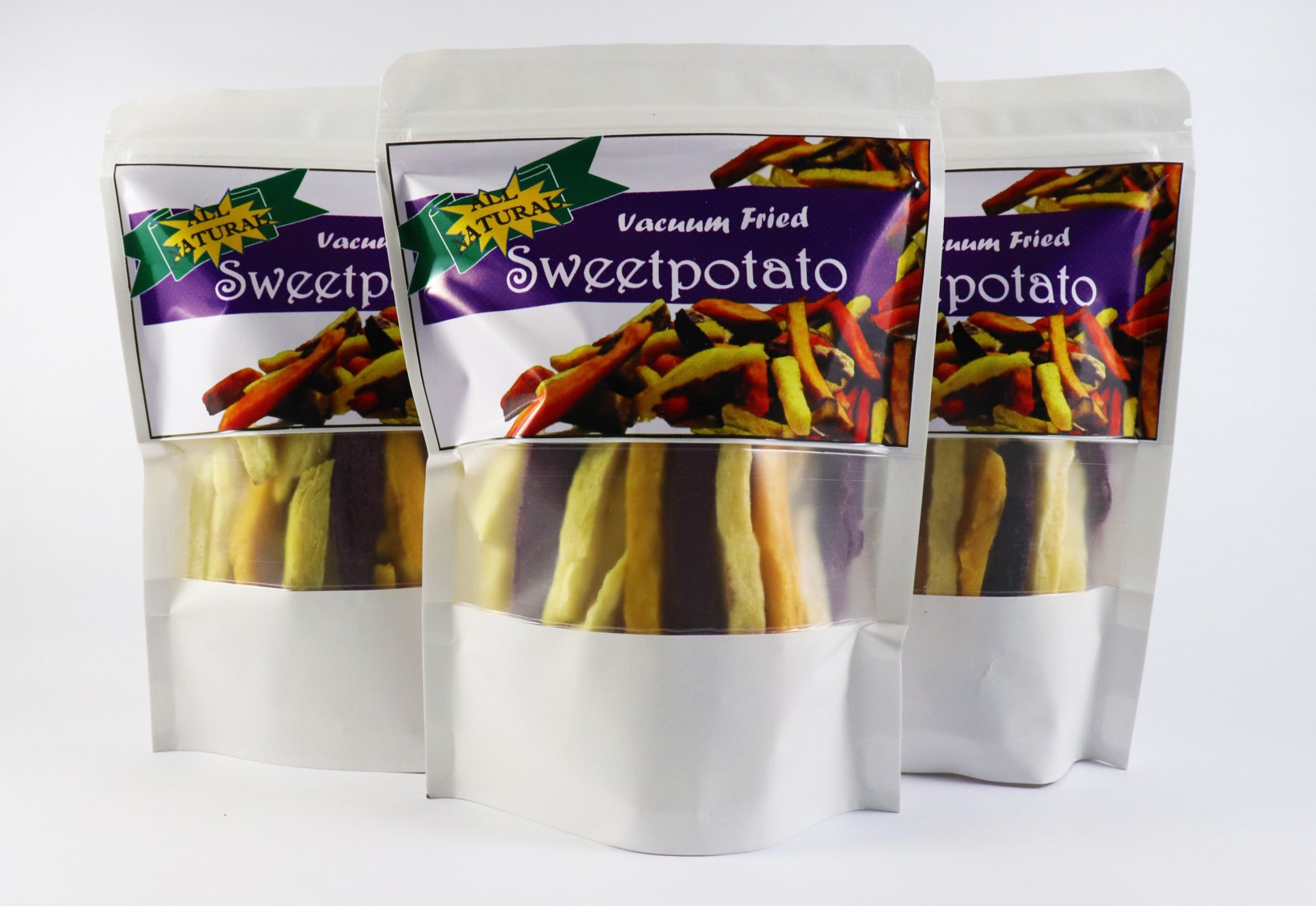
a sweet fermented beverage from a newly developed purplish-white variety of taro and black rice, Arabon. A "dessert wine" that is rich in anthocyanin, a natural antioxidant. So, health conscious people should not miss Tarroz with an indigenous Balinese microbial state that is used in fermentation. The sweet alcoholic pure extract will surely clinch the thirst of those with strong passion for good wine.

healthy bakery products developed by Philippine Root Crops & Training Center (PhilRootctops). Its raw ingredients are made of dried cassava grates with health attributes like low glycemic index, glutten-free, high in dietary fibers and minerals. Another raw material for this product is its chocolate and oats which add up flavor to the product. The product is made of dried cassava grates


